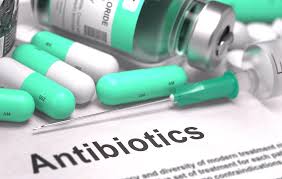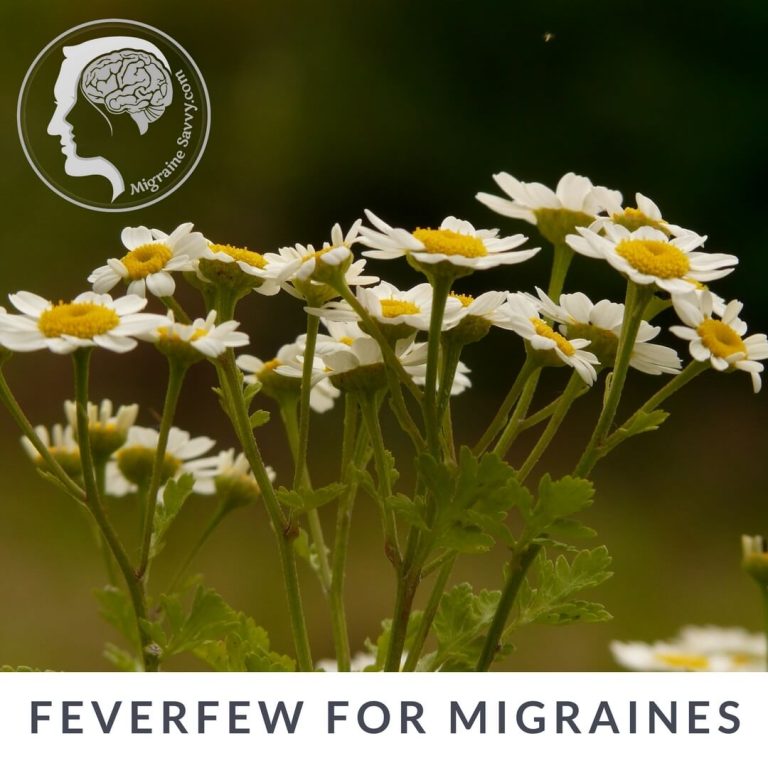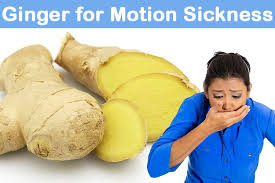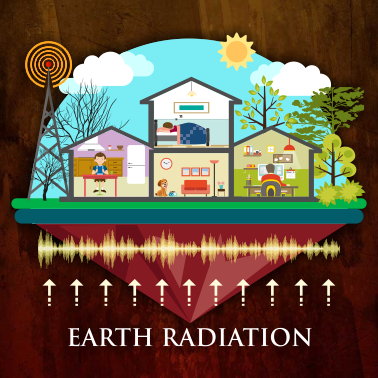Hormone Assault on Young Women Whether to control painful periods or even acne, young women are increasingly being prescribed the contraceptive Pill and antidepressant drugs, despite the cost to their long-term hormonal and mental health. The Berlin Wall of hormone replacement therapy came tumbling down in July 2002 when the most prestigious study ever conducted on HRT found that the steroidal hormones, oestrogen and synthetic progestins caused breast cancer, strokes and blood clots. It's been a downhill slide for HRT (and drug profits) ever since. The real lesson from that study is that, for 40 years, menopausal women were in fact the uninformed guinea pigs trialling dangerous hormonal drugs that made an unprecedented fortune for drug manufacturers. The world was shocked with the findings from the study, and millions of angry women defected from the HRT ranks. Women and many doctors had been cleverly convinced that menopause was an endocrinopathy - an oestrogen deficiency disease. Women were further advised that they must be saved from nature's inherent design fault - the total decline and disintegration of their hormonal health as well as their faculties - with toxic, untested steroid hormones.The folly of medicalising menopausal women has at last been revealed. Unfortunately, the use of untested and dangerous steroidal hormones and other drugs still continues. This time, however, the medical fraternity and pharmaceutical corporations have set their sights on young women. MEDICALISING OUR DAUGHTERS Being a teenage girl is challenging at the best of times. These days, it seems to be …
Antibiotics Kill Good Bacteria Causing Disease The information that follows is a two-part article taken directly from Doug Kaufmann and Dave Holland, MD's new book, "The Fungus Link, Volume 2." Antibiotics Kill Your Body's Good Bacteria, Too, Leading to Serious Health Risks by Doug Kaufmann“It is ironic that this humbled fungus, hailed as a benefactor of mankind, may by its very success prove to be a deciding factor in the decline of the present civilization.” -Dr. John I. Pitt, The Genus Penicillum, Academic Press, 1979 Simply put, antibiotics are poisons that are used to kill. Only licensed physicians can prescribe them. The drugs are used to kill bacteria. Certainly, many people have benefited from using them. However, if bacteria were the only organisms that antibiotics killed, much of this book would be unnecessary. In fact, I contend that poisons that kill small organisms in small doses -organism-specific varieties notwithstanding - can also kill big organisms, when they are taken in big doses. You, my friend, are a big organism. We’ve talked about the link between fungus and human disease. This chapter addresses the possibility that antibiotics may help fungi to proliferate within the human body. As an adult human, you have three to four pounds of beneficial bacteria and yeast living within your intestines. These microbes compete for nutrients from the food you eat. Usually, the strength in numbers beneficial bacteria enjoy both keeps the ever-present yeasts in check and causes them to produce nutrients such as the B vitamins. …
Herbs and Memory Problems INTRODUCTION Before we start to explore in detail everything modern research has discovered about what ginkgo can do and how it works, let's stop to review, in simple terms, one of the bodily processes that are essential for good health - blood circulation and how this relates to memory problems. It cannot be overemphasized how vital blood circulation is to our health and well-being. The quality of circulation and how freely blood can move through the vessels to all parts of the body and how well it can carry nutrients (such as oxygen, sugars, enzymes and other life-giving nutrients) and remove the waste products of cellular metabolism directly affects the health of every cell in the body. When all these nutrients are not supplied to the body every minute of the day and the wastes are not constantly removed, the body begins to age more rapidly. We begin to experience aches and pains, we get stiff, our joints start to weaken, our energy levels dwindle rapidly, our senses become dulled, and the brain and memory become sluggish. We cannot learn new things as well, we forget important telephone numbers, names of friends, and generally we have trouble keeping up with all the changes going on around us. Today we are going to talk about how a wonderful herb can REALLY help to increase your memory problems. Is there anyone that does not want to improve his or her memory? I don't think so, as memory is …
Ginkgo Biloba and Memory Loss INTRODUCTION An abundance of research has been undertaken on this ancient plant, revealing a wide range of profound and important therapeutic effects. They can be grouped into cardiovascular, neurological and metabolic effects. In Germany alone, ginkgo biloba prescriptions (it is prescribed by doctors in Germany) retailed at $280 million in U. S. dollars, according to a report of 1994. One German manufacturer, Schwabe, sold almost $2 billion U. S. dollars worth of Ginkgo biloba extract worldwide in 1993. What makes ginkgo so attractive is its ability to increase cerebral blood flow, as well as blood flow to other areas in the body. Gingko biloba extract (GBE) has been extensively studied, and it has a number of positive effects on dementia, both due to poor circulation and due to Alzheimer's disease. It is known to contain unique types of molecules called ginkgolides. These molecules block a substance in the body called platelet activating factor (PAF). PAF is a chemical messenger which is involved in inflammation, constriction of blood vessels, increased clotting in the circulation, and (probably) loss of cerebral function in dementia. Also, like many other plant substances, GBE is a potent antioxidant, and oxidation damage contributes to loss of brain function in the elderly. There are over 50 double-blind studies showing the effectiveness of Gingko in cerebral insufficiency, and several that show positive effects in (early) Alzheimer's Disease. GBE seems to improve mental function at younger ages as well, shown by a number of clinical …
Echinacea and Immunity Anyone with children knows that the start of school marks the first wave of the cold and flu season. But, before donning a full-body biohazard suit to protect yourself from this season's illness onslaught, there may be another more practical alternative: Echinacea. History of ProtectionFor centuries echinacea (Echinacea purpurea and E. angustifolia), also known as the purple coneflower, has been used for a variety of problems. Native Americans turned to Echinacea to treat respiratory infections and snakebite. American colonists later added this herbal remedy to their medicinal arsenal as well. In 1920, the Lloyd Brothers Pharmaceutical Company of Ohio listed echinacea as their largest selling product. It wasn't until the introduction of sulfa antibiotics that echinacea was bumped as the number-one cold and flu remedy. While America has yet to restore its former level of trust in echinacea, some European countries have continued to use the herb. In Germany, over 1.3 million prescriptions are issued each year for echinacea-based products to treat minor respiratory infection. (1) Immune Stimulant More than 400 studies have attested to the safety and efficacy of echinacea. For those with lingering doubts, more studies are conducted every year. In one recent German trial designed to examine the effectiveness of echinacea in reducing flu symptoms, 180 participants received either a daily dose of 450 mg of echinacea, 900 mg of echinacea, or a placebo. Those taking 900 mg reported a significant reduction in weakness, chills and muscle soreness. Those taking either the 450 mg …
Feverfew: Herb of Many Misconceptions What follows is a brief discussion of some historical, botanical, and pharmacological aspects of feverfew (Tanacetum parthenium) as well as some of the misconceptions surrounding it. Medical HistoryTanacetum refers to a genus of the Compositae (Ateraceae) family. This is the family of plants characterized by such well-known species as thistles, dahlias, goldenrods, daisies, and sunflowers. With over 19,000 species growing worldwide, members of the Compositae family are found in virtually all-terrestrial habitats. Originating in the Balkans and cultivated for centuries in Europe for ornamental and medicinal purposes, feverfew is now widely distributed throughout the Americas. Feverfew is commonly found in waste places and old gardens. It also grows along roadsides and the borders of woods. In North America it can be found from Quebec to Maryland and west to Ohio. Feverfew has had a long history of medicinal use. Steven Foster, one of America's most eminent herbalists, points out in his excellent monograph on feverfew that Dioscorides, a first century Greek physician, recommended it over 1900 years ago. Foster further informs us that feverfew has been used throughout the world in various cultures in a number of other ways. It has been used as a carminative (relieves stomach problems--gaseous distention and flatulence), emmenagogue (substance which promotes menstrual discharge), tonic, vermifuge (expeller of parasitic worms), and anti-inflammatory agent for arthritis. It has also been used for the treatment of kidney pain, vertigo, and relief from morning sickness. Parthenolide Content A strongly aromatic perennial, feverfew bears a …
Ginger and Motion Sickness Ginger, derived from the underground root ('tuberous rhizome') of the Zingiber officinale perennial plant, is also referred to as Jamaica ginger, African ginger or Cochin ginger. Most people are familiar with ginger's role as a spice, condiment and flavouring agent. However, for over 2,500 years ginger has been used in Asian herbal medicine to safely relieve nausea from all causes (especially due to 'morning sickness'), and to stimulate the appetite. Ginger has also been used to treat poor digestion, 'heartburn,' motion sickness, as a tonic to detoxify the body by increasing perspiration, as a carminative (relieves digestive gas), and to alleviate symptoms of colds and flu. The active ingredient in Ginger is gingerol, an oleoresin, which is a combination of volatile oils and resin. It's this gingerol that gives ginger its characteristic aroma and therapeutic properties. Components of gingerol include zingiberone, bisabolene, camphene, geranial, linalool and borneol.In 1982, researchers conducted a double-blind study on 36 college students who suffered from susceptibility to motion sickness. They spun the students around in a tilting, rotating chair, and compared the effects of 940 mg of powdered ginger to 100 mg of the popular anti-motion sickness drug, dimenhydrinate, in preventing motion sickness. They found that ginger's ability to prevent motion sickness was even greater than the drug. On the basis of this and other studies, German health authorities concluded that ginger, at an average daily dose of 2 to 4 grams, is effective for preventing motion sickness and is also …
St. John's Wort and Depression A recent study indicates that St. John's Wort is as effective or more effective than the drug Zoloft for mild to moderate depression and causes fewer side effects than the prescription drug. What's more, a current review of this herb concluded that it is equally as effective as pharmaceutical antidepressants in treating depression. The study and the review prove that the findings in two earlier studies, which suggested St. John's Wort did not help depression, were not the final word on this antidepressant herb and that the dozens of other studies that prove its worthiness in treating depression still hold true.In the study comparing St. John's Wort to Zoloft (sertraline), researchers treated 87 men and women suffering from depression with either a standardized extract of St. John's Wort (300 - 600 mg) three times daily or 50 to 100 mg per day of Zoloft in a double-blind manner. After 12 weeks, the subjects treated with St. John's Wort experienced a decrease in depression of 50.2% on average while the Zoloft-treated subjects experienced a 41.6% decline. This was not a statistically significant difference, but the results indicate that St. John's Wort is as effective as Zoloft and perhaps even more effective. Furthermore, the subjects taking Zoloft experienced more adverse side effects than those who were taking the herb. In fact, the researchers concluded, 'The more benign side effects of Saint John's Wort make it a good first choice for this patient population.' In a review published …
Geopathic Stress and its Effects on Health GEOPATHIC STRESS – HOW EARTH ENERGIES AFFECT OUR LIVES What is Geopathic Stress? It is the general term for energies emanating from the earth that can cause discomfort and ill health in human beings. If the exposure to Geopathic energies is short-lived, then in general the effects are insignificant, although some people will show symptoms of tiredness, inattention and headaches when sitting in a geopathically stressed area for even one or two hours.Nowadays people may live in the same building for many years and their exposure to a particular form of negative energy could last a long time. Rolf Gordon, the founder of the Dulwich Health Society, UK, has remarked that gypsies rarely get cancer. Gordon believes that this is because they move from place to place and any exposure to a ‘bad’ place would be for only a couple of weeks at most. He also notes that when choosing a site gypsies will take into account the feel of a place. Geopathic energy is an insidious phenomenon: we cannot see it or adequately explain it in current scientific terms, but the effects of it are likely to prove at least as devastating as environmental pollution. Geopathic energies pass through walls, windows and closed doors – they do not recognize boundaries. GEOPATHIC STRESS AND ITS SYMPTOMS The earth has a natural magnetic field; it acts as though it has a large magnet at its center. The rotation of the earth creates electric currents …












